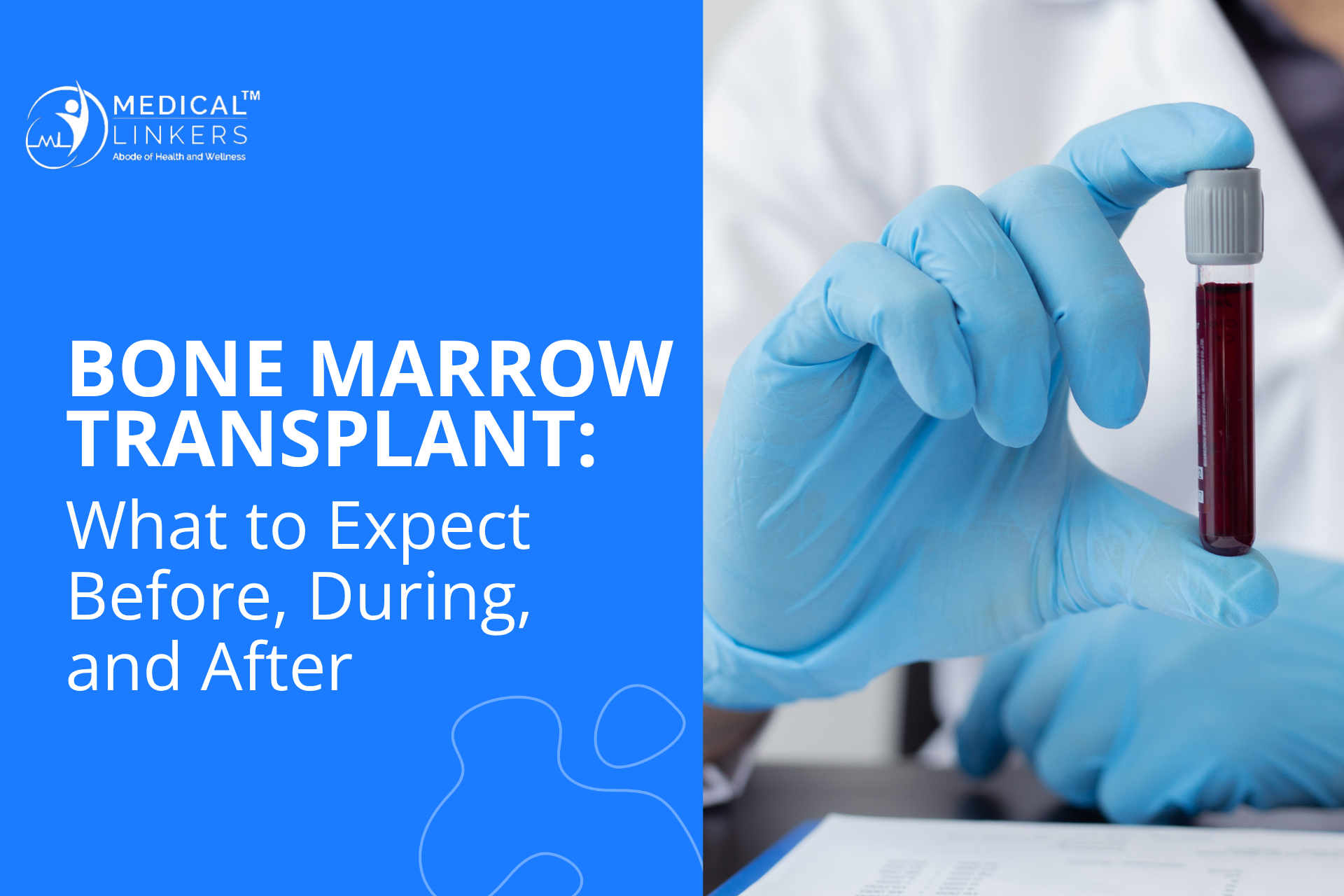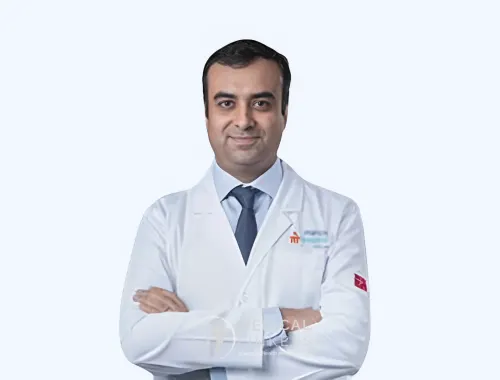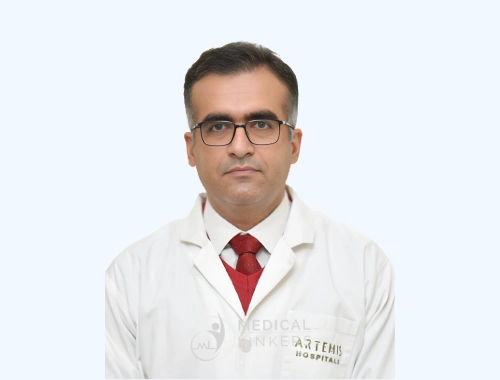Types of Cervical Cancer Treatments
Conization - This involves the removal of the few cells that have possibly begun to develop into cancer. Only suitable for cancer that can be viewed microscopically.
Loop electrosurgical excision procedure (LEEP) - This involves electrosurgical ablation of the few abnormal cells that have started to develop into cancer.
Minimally Invasive Radical Hysterectomy (Laparoscopic) - This surgery aims to cure early-stage cervical cancer and prevent recurrence. In this, the cervix, uterus, a part of vagina and nearby lymph nodes are removed.
Bilateral Salpingo-oophorectomy - This surgery is most often conducted along with hysterectomy in some patients and involves the complete removal of both the Fallopian tubes and the ovaries.
Minimally Invasive Radical Trachelectomy - This surgery involves the removal of the cervix while retaining the uterus, therefore, it is possible for patients to become pregnant in the future.
Pelvic Exenteration - This surgery is most commonly performed when the cancer has returned after initial treatment. It involves the removal of cervix, uterus, the Fallopian tubes and the ovaries.
Chemotherapy - This involves the intravenous administration of cancer-killing medicines. Usually 4 to 8 cycles are prescribed.
Radiation Therapy - This involves the delivery of external radiation, usually 25 to 30 sessions, to kill the residual cancer cells.
Immunotherapy - This is an advanced treatment that involves the intravenous administration of drugs that boosts the immune system against cancer. It is usually used in the case of recurrent or metastatic cancer.
Targeted Therapy - This is an advanced treatment that involves the intravenous administration of medicines that target specific sites on the cancer cells.
Brachytherapy - Also known as internal radiation, it is a method in which radioactive seeds are placed at the site of the cancer to destroy the cells from the inside.
Diagnosis
Cervical cancer is diagnosed through tests such as Pap smear, HPV DNA test, colposcopy, cervical biopsy, MRI, CT scan, and PET scan. These tests help detect cancerous or precancerous cells, determine the stage, and guide treatment planning.
Diagnostic Cost in India
| Diagnostic Procedure |
Cost in USD |
| Blood Tests |
50 to 80 |
| Radiological Assessment |
100 to 200 |
| Histopathology Examination |
150 to 250 |
| Full Body PET Scan |
300 to 500 |
Surgery Cost in Different Countries
| Country |
Cost in USD |
| India |
2000 to 7500 |
| Turkey |
5500 to 18000 |
| UAE |
18000 to 35000 |
| USA |
135,000 to 150,000 |
Surgery Cost in Indian Cities
| City |
Cost in USD |
| New Delhi / NCR |
2000 to 6500 |
| Mumbai |
3500 to 8500 |
| Bangalore |
4000 to 9000 |
| Chennai |
3500 to 8000 |
Surgery Cost Inclusions
| Pricing Inclusions |
Option |
| Routine patient investigations before surgery |
Included |
| Nursing fee |
Included |
| Surgeon fee, OT charges, anesthesia |
Included |
| Pre-operative outpatient consultations |
Included |
| Routine drugs and consumables required during hospitalization |
Included |
| Pre-anesthesia check up and clearance |
Included |
Top Hospitals in India for this Surgery
Artemis Hospitals, Gurgaon
Max Hospital Gurugram
Max Super Speciality Hospital, Shalimar Bagh, New Delhi
Fortis Memorial Research Institute, Gurgaon
Medanta - The Medicity, Gurugram
Factors Affecting Cervical Cancer Treatment in India
Please note that the costs mentioned above are only indicative and not conclusive, as multiple factors influence the final cost of your treatment journey. These factors include:
The choice of location, doctor and hospital; type, size and location of the tumor; stage and grade of cancer; pre-existing medical history; type and duration of treatment advised; need for extended hospital stay; need for any other additional treatment; type of surgery and approach; overall patient status and condition at the time of surgery; hotel stay, meals, and flights; extended hospital stay; post-operative follow-ups and medical management; post-operative dressing and nurse visits; any required blood products; complications management; treatment for any other underlying medical conditions; and any complex investigations.





























